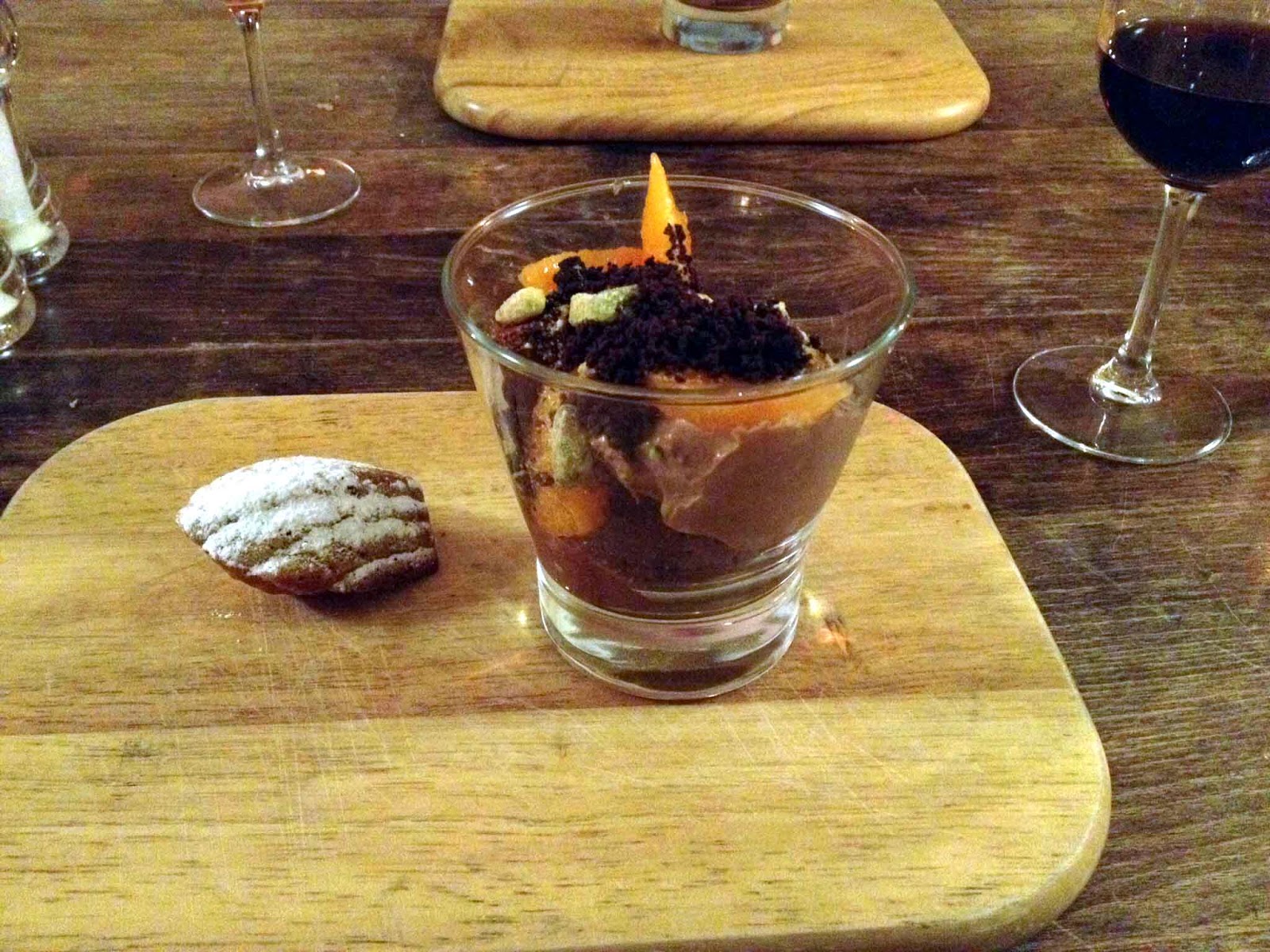The plate piled high with scones, freshly churned butter a
jar of good home-made raspberry or Strawberry Jam and a golden mountain of
clotted cream waiting to crown the scone and jam. In Cornwall the cream has to go on top,
whereas Devon folk put the jam on top – more fool them as you can put much more
cream on a Cornish tea!
To wash the confectionary delight down - a cup of tea,
perhaps from the only tea plantation in the UK at Tregothnan or a pint of
Scrumpy.
Perfection.
But wait a minute! The scone is a recent interloper.
Traditional Cornish Teas should always have the Cornish Split as the vehicle
for buttery, jammy creamy goodness.
A sweet bun, the Split has much to commend it, and as a Baker,
I would rather a bread base than a cake one, even though the scone is a close first cousin to Soda Bread.
Sadly the Split has fallen out of fashion, probably because
Scones are quicker to make and easier, but there is no doubt that it is the
better accompaniment to the tea.
One of the few bakeries still making the traditional Split
is the Chough Bakery on Padstow, right on the harbour and still independent; I
used their recipe for the perfect Cornish Split.
Cornish Splits (makes
15)
Preheat an oven to
180c
This is a two stage recipe.
Stage 1
160g Strong Flour
25g Fresh Yeast
(12.5g dried)
250g tepid water
25g Sugar
Mix the yeast, water and sugar together then whisk in the
flour. Cover and stand aside. The mix will double in size then fall back as the
yeast consumes the sugar. Takes about 45 minutes.
Stage 2
360g Strong Flour
60g Sugar
70g Butter
15g Milk Powder (I
used 1 tbsp. full fat milk)
Pinch of Salt
(Cornish Sea Salt gives a true provenance)
Mix the dry ingredients then rub in the fat. In a mixer
slowly pour in the ferment whilst mixing on low speed with a dough hook until
it is all absorbed. Turn speed up and mix till the dough goes shiny. Cover and
leave for about 30 minutes.
Turn the dough out and fold it a couple of times then divide
into 15 and shape into small rolls. Place on a greased baking tray or on one
lined with Parchment Paper. Leave to double in size.
Cook the rolls for 16 minutes then tap to make sure they
sound hollow. Turn onto a cooling rack and dust with Icing Sugar. Resist as
long as possible then slather with Butter, Jam and Clotted Cream.
(I have also made them with Halen Mon Sea Salt with Organic
Vanilla, from Anglesey. This gives an added depth of taste and remains Celtic
if not strictly Cornish)
Another great Cornish traditional bread is Saffron Bread.
Many English counties have their own fruit breads and here in Wales we have
Bara Brith (Speckled Bread) whilst Ireland has Barm Brack. The defining feature
here is the Saffron dating back to times when Cornwall had a thriving port
business and sat at the hub of international trade.
Again I used the Chough Bakery recipe.
Saffron Bread Makes 1
large or 2 small loaves, 13 buns or 1 small loaf and 8 buns
2tbsp Water
Pinch of Saffron
575g Strong Flour
60g Castor Sugar
125g White Shortening
(I used Lard)
25g Fresh Yeast
(12.5g dried)
275g Warm Water
230g Mixed Fruit and
Peel
Mix the saffron and 2tbsp water, heat and allow to cool.
Put all the dry ingredients into a mixer bowl, leaving the
mixed fruit to one side.
Whisk the yeast water and saffron together, pour into the
dry ingredients and mix for 2 minutes at low speed with a dough hook fitted.
Turn up to high for another 2 minutes. When the dough is smooth and elastic add
the dried fruit and mix together.
Cover and stand aside to double in size.
After the dough has risen take from the bowl, fold and
shape.
A small loaf should weigh about 465g, rolls 100g each and a
large loaf uses all of the mix.
Cover and leave to rise for 45 minutes or so.
Bake in a 160c oven, Rolls take 16 minutes, loaves of
whatever size 30 minutes.
Turn onto a cooling rack and whilst hot glaze them in a
sugar syrup made of 2tbsp Sugar dissolved in 2 tbsp. Water. This will give them
a shiny, sticky glaze.
Serve cut thickly with lots of good Butter.
Of course you need great butter whether for Splits or
Saffron Bread and great Cornish butter and cream, not to forget Clotted Cream
is made by Roddas and, fortunately, available in supermarkets across the UK.
Incidentally, I'm fairly sure Enid Blyton's Famous Five would have enjoyed a good cream tea, or several, during their regular adventures in Cornwall, but, writing in a post war Britain where rationing was in force their teas consisted mainly of "lashings of hard boiled eggs, tomatoes and radishes" which were not on the ration book, and their tipple of Ginger Beer would have been homemade from a Ginger Beer Plant. But I am equally sure that their tea would have included Cornish Splits not Scones.
Two Cornish Breads that are definitely Local and Great.









































